With an abundance of sunshine and perhaps the most laid-back vibe in California, San Diego continues to attract folks from everywhere. As both a long-time transplant, and realtor in San Diego, I took my hard-earned knowledge and turned it into the (hopefully definitive) guide on how to move to San Diego.
If you’re relocating to the San Diego area, you must know what to expect. Start by learning about the different neighborhoods, transportation and getting around the city, and many other essential details. I’ve compiled this guide to help you avoid learning a lot of things the hard way (like I did).
San Diego: Fast Facts
I don’t want to spend too much time here because this is information that you can find pretty much anywhere. However, it wouldn’t be an “ultimate guide” if I didn’t cover the basics.
- Location: Southern California, San Diego County
- Size Status: Second-largest city in California
- Population: Approximately 1.4 million
- Average Rent: $2,989
- Median Household Income: $73,000
- Coastline: 70 miles
San Diego is located just 20 miles north of Mexico and about 120 miles south of Los Angeles. It’s home to more open space than residential property (28% vs 24% land use), with over 40,000 acres of developed and undeveloped open land.
That includes 70 stunning miles of coastline - part of the reason I am in love with this city.
Need help from a local? Ask Bern.
I pride myself on not being your typical real estate agent. That’s why I focus my business on being your guide through the complex San Diego Real Estate market rather than just a “salesperson’. I take each transaction personally and take a vested interest in what my clients really want when buying or selling a home.
Message Bern
Living in San Diego: An Overview
San Diego is a city designed for families with high income and affordable living options compared to other areas of California. It is one of the least expensive cities in the state but has one of the highest median household incomes.
San Diego is also home to the largest naval fleet in the world, offering shipbuilding yards and a deep-water port. There are as many as 15,000 local businesses that are contracted with the Department of Defense working to serve Naval Base San Diego in some fashion.
SR-94 makes commuting easy, no matter where you choose to live, work, or attend school in the San Diego area. Plus, the city’s poverty rate is a mere 13.8% and its crime rates are about 15% lower than many other major U.S. cities.
Before we get into the details about the neighborhoods of San Diego, let’s look at some of the highlights:
- Torrey Pines is rated as having the best job market in the city.
- Torrey Pines and Rancho Penasquitos are ranked as the safest neighborhoods.
- Rancho Penasquitos and Solana Beach are the most affordable.
- Carmel Valley, Torrey Pines, Del Mar Mesa, and Rancho Barnardo are cultural destinations.
- La Jolla is the “typical” ritzy beach community with a laid-back vibe that locals love.
San Diego Neighborhoods
San Diego is home to dozens of different smaller neighborhoods and communities. They all have their unique draw, and some are better for certain residents than others. While most people think of areas like La Jolla and Pacific Beach when they think of San Diego, the city has plenty more to offer, as well.
Here’s a look at some of the most popular neighborhoods (in no particular order).
Note: If you want to go more in-depth, check out our interactive San Diego neighborhood map with accompanying neighborhood guides.
La Jolla
As mentioned, La Jolla is the kind of community most people imagine when they picture a city like San Diego. The ritzy beach community is filled with UCSD college students, plenty of shopping, and lots of fine dining.
The beaches are just as brilliant as the accommodations, so for those who have the budget, this is a great place to call home. Convenience, socialization, culture, and of course, the Pacific Ocean, are all just a short walk, no matter where you reside.
Del Mar
Del Mar is one of the most popular areas of the city. This coastal neighborhood is situated north of the city and filled with beautiful beaches. There is also a vibrant community here and residents enjoy all the amenities with a less urban feel.
Del Mar features tons of natural beauty, plenty of community events, and the renowned San Diego County Fair each year. There are plenty of art galleries, boutiques, high-end restaurants, and charming cafes throughout the neighborhood, which also has top-rated schools.
Del Mar Mesa
This community was developed in the early part of the 21st century. In addition to beautiful homes and scenery, there are over 90 acres of protected environmental habitats.
Families enjoy this community for its prime location, nestled into Del Mar and offering country-like living in the city. You’ll find some of the most expensive homes in San Diego in this area.
Encinitas
Encinitas is another charming neighborhood that boasts all the best of city life with plenty of stunning beaches to enjoy the Pacific Ocean. This relaxed, friendly community is known for its wellness focus, with yoga and wellness centers aplenty.
Encinitas has a downtown area with top-rated cuisine, galleries and creative spaces, live music, and more. Boutique shops and local businesses also populate this neighborhood. Top-rated schools and low crime rates make this a popular community for families.
Carmel Valley
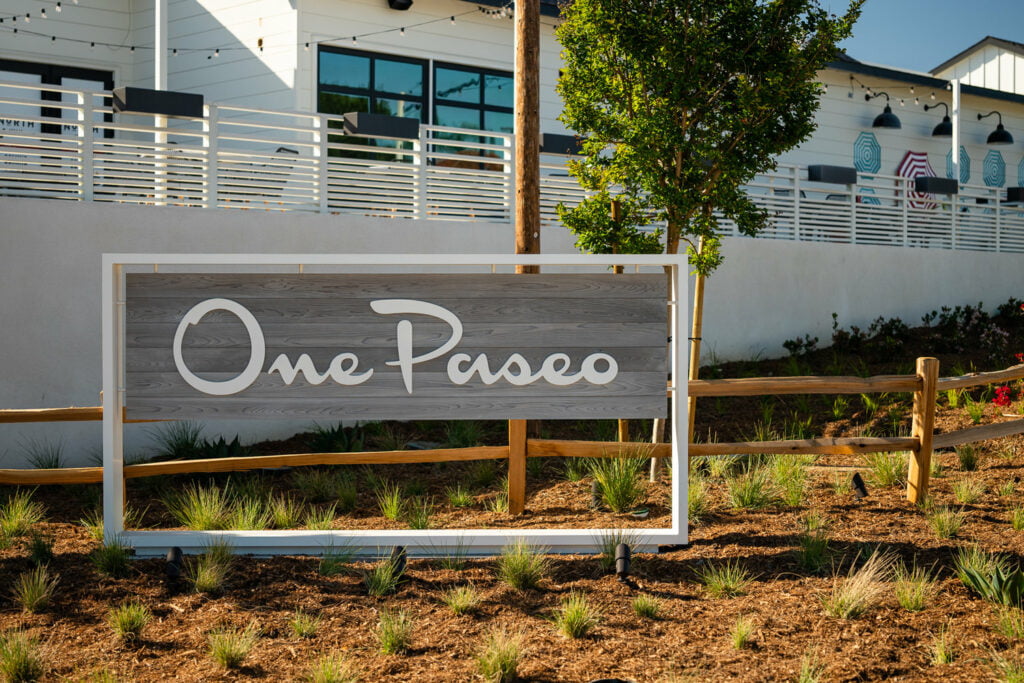
Carmel Valley is named for a monastery that was established in the early 20th century by the Carmelite Sisters of Mercy. It’s also one of the newest neighborhoods for residents, offering exceptional education opportunities, new construction housing, and low crime.
Carmel Valley is home to some of the best schools in the area, especially for young children. There is also plenty of upscale shopping and all the amenities you could imagine, with parks and outdoor recreation galore.
Torrey Hills
This community is convenient to the 56 and is popular among young professionals. It is home to many parks, coffee shops, and other local amenities. While families flock to Torrey Pines, this community is closer to the urban lifestyle for singles and young couples.
Torrey Hills offers easy access to downtown businesses and plenty of nightlife, along with high-end modern living options that include condos, apartments, single-family homes, and more.
Rancho Bernardo
This is an inland community that offers safety and plenty of residential conveniences. It also has a family-friendly atmosphere and some of the top schools in the city. The tight-knit community has plenty of recreational facilities and activities for all ages.
There are also parks and open spaces to explore, along with easy access to the beaches of San Diego and the rest of the city. Rancho Bernardo caters to families of all kinds who want a small community in the city.
Want a free relocation guide to San Diego?
Looking to move to the San Diego area and not sure what all you need to know about? The creator of this site, Bern McGovern, has your back.
Pacific Beach
The young, laid-back locals love Pacific Beach. This neighborhood fully encompasses that surfer vibe that SoCal is known for, along with some of the best restaurants on the coast. You’ll find plenty of water sports and outdoor activities, along with nightlife and entertainment.
Pacific Beach sees fewer families than other communities throughout the area, but if you’re a young single or couple coming to the city, this is a place worth a look. Imagine living the beach life every day—that’s what Pacific Beach is.
Poway
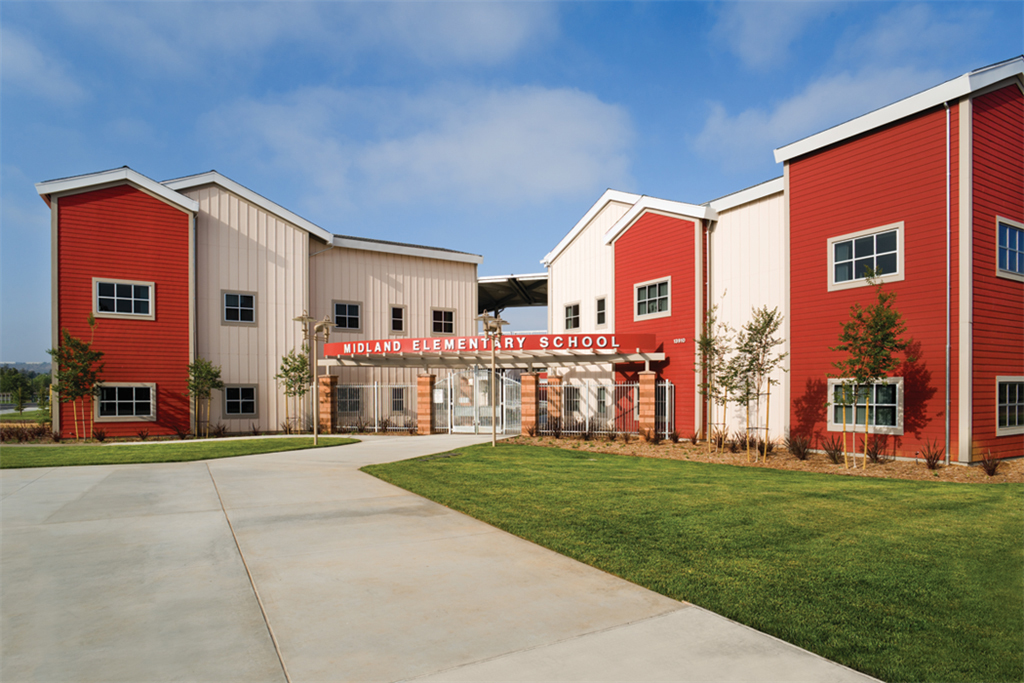
Poway is a suburb that is popular among all types of people. It has low crime and plenty of top schools, along with a selection of Mediterranean-inspired homes and modern townhomes. This suburb has lots to do outdoors, including the 700-acre Blue Sky Ecological Reserve.
Poway Center for the Performing Arts hosts live music and shows throughout the year and there are plenty of amenities within close reach for residents. Plus, this community is easily accessible to the rest of San Diego and major freeways, with top schools for all ages.
Torrey Pines
Torrey Pines is a laid-back community full of offices and parks. There are tons of unique outdoor adventures around every corner and the local schools are highly-rated, making it another popular choice for families. There is also plenty of entertainment in the area.
Torrey Pines is conveniently located to all major freeways and roads for easy commuting, and public transit is also available.
Rancho Penasquitos
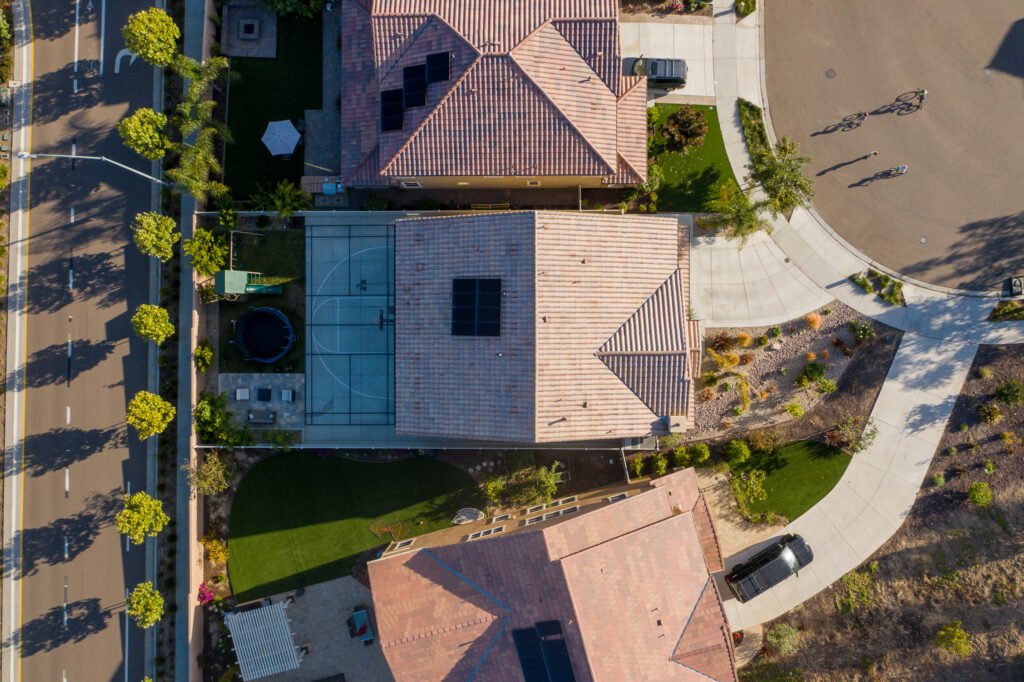
Although the public transit in this neighborhood isn’t ideal, this is another good residential location for those moving to San Diego. If you’ve got your own car and plan on commuting, you’ll love this community for its unique charm.
Rancho Penasquitos also has access to plenty of trails for biking, hiking, and horseback riding. You’ll find grocery stores and boutique shops, along with plenty of great local cuisine and entertainment for the family.
Mission Hills
Mission Hills is a historic neighborhood that features plenty of beautiful historic homes. The architecture includes everything from Spanish Colonial Revival homes to Craftsman-style builds, and it’s just minutes from Old Town San Diego and downtown, making it a convenient choice.
If you want a quiet family neighborhood with upscale amenities and easy access, Mission Hills has something for everyone.
Hillcrest
Hillcrest has got to be one of the most unique areas of the city. It’s truly like nothing else in the area, offering that laid-back vibe that brings people to San Diego. It is also one of the best neighborhoods for families.
Hillcrest offers the Hillcrest Farmers Market along with plenty of other shops, restaurants, and bars to check out. Plus, you’ll be minutes from Balboa Park and its museums, attractions, and more.
Hillcrest has a lower crime rate than many other urban areas of San Diego, too, making it a safer choice for those who still want to enjoy city life.
Downtown Gaslamp District
If you’ve got the money to spend on upscale downtown housing, the Gaslamp District and downtown San Diego are the place to be. In addition to a collection of retro and modern accommodations, you’ll find tons of nightlife.
Speakeasies and dueling piano bars are popular here, where you’ll also find all kinds of dining options. Young professionals enjoy the downtown lifestyle, as do singles and urban couples. Public transit is everywhere and the city is very walkable.
Locals Beware: This is one of the most popular areas for tourists coming to the city, so it can get crowded during peak tourist season.
Solana Beach

This coastal community is where you’ll find plenty of seals, beaches, and Eden Gardens. It also sits close to the I-5, giving it an urban feel that young families love. Oceanfront views are available when buying homes here, and convenience is everywhere.
Solana Beach Town Center has everything you need, while schools in the area are top-rated, as well. Golfing is plentiful and nature lovers will enjoy all the outdoor recreation in the area.
North and South Park
North Park is for the foodies. Here, you’ll find all the best craft breweries and unique restaurants that attract people from all walks of life. Living here is more urban and attracts a younger crowd, while South Park is more for families.
South Park is a tight-knit neighborhood where locals take pride in their community. There’s an urban feel with that suburban charm of farm-to-table restaurants, boutique shops, and more.
San Deigo Schools
San Diego is home to a number of primary, secondary, and post-secondary schools, many of which are highly ranked. There are public and private institutions alike, along with plenty of opportunities for continuing education and career development, thanks to community colleges and trade schools.
Primary and Secondary Schools
The San Diego Unified School District is the public school system in the region. Within the district, there are:
- 113 elementary schools
- 23 junior high schools
- 28 high schools
- 45 charter schools
Many of these schools are top-rated within the state and the country. Students will be assigned to schools based on which neighborhood they live in. Private schools are also available for K-12 students, including 104 in San Diego and a total of 294 in San Diego County.
Colleges and Universities
San Diego is home to dozens of community colleges, public colleges, and private educational institutions for post-secondary students. The University of California, San Diego (UCSD) is one of the largest employers in the city and brings tens of thousands of students to the region.
San Diego State University is also located here, along with private options like the University of San Diego, San Diego Christian College, Point Loma Nazarene University, and others.
There are eight community colleges in the main city, with dozens more spread throughout San Diego County.
Getting Around San Diego: Transit, Traffic, and More
San Diego is a lot less congested than many California cities, but there’s still going to be traffic on major thruways like the I-5 and SR-94. Commuting around the greater San Diego area and even to nearby cities is easy for those who drive. Public transit also makes getting around the city a breeze.
The average commute time in San Diego is currently around 26 minutes, which isn’t bad at all. The city also has a well-developed public transit system that includes buses, trolleys, and other ways to get around the city.
The Metropolitan Transit System (MTS)
The MTS bus service provides full service to San Diego and much of San Diego County. There are about three million residents served by this system, which covers a total of 570 square miles.
There are 100 fixed routes divided into express, local, urban, and premium routes. Free paratransit service is available for all who need it. It’s suggested that all residents pick up a pass just in case. There’s also an app that can be used to check real-time bus routes, arrivals, and departures.
You can pay for one-time rides or buy a monthly pass, which is around $72 at the time this guide was written.
San Diego Trolley
San Diego also has a great trolley that runs throughout the city. Whether you’re living or working in the main areas of San Diego, you can use the trolley to access the best areas of downtown. There are three lines available, with the addition of the Big Bay Shuttle during the summer months.
The Blue Line covers Old Town to downtown all the way to the city’s border.
The Green Line runs from Old Town to Mission Valley, through SDSU and Santee.
The Orange Line connects downtown to eastern communities like El Cajon and Lemon Grove.
There are trolley maps available to make it easier to see what’s coming and going, and the costs for the trolley are the same as the bus.
Bike Rentals
San Diego is a very active city that’s easy to explore on foot. In this case, it’s also enjoyable to explore on two wheels. There are a growing number of bike share and bike rental services cropping up around the city, making it easy for tourists and locals alike to hop on and head out.
Bike lanes are found throughout the city and you can rent bikes by the hour or the day. Some companies have apps that you use, while others just let you show up, pay, and take off.
You can even find tandem bikes, mountain bikes for exploring the natural surroundings, and kids’ bikes.
Taxis, Rideshare, and Vanpooling
San Diego offers the SANDAG Vanpool program, which allows groups of up to five to transit into the city with ease. This generally costs less than $100 per month and a vehicle is provided for the group. This is usually better for tourists, but for commuting locals, it could be an option, as well.
The city is also home to plenty of taxi services and ridesharing options. All cabs and rideshares set their own rates and it will be up to you to check before you accept a ride. Most use a base rate plus mileage fees to calculate costs.
Driving
San Diego really seems to have it all, including the ability to drive around without as much traffic or congestion as other cities. Residents moving to San Diego will want to check parking arrangements if they are living in an urban area or an apartment community. Some areas don’t allow street parking.
You may have to pay for private parking in areas like downtown and other urban neighborhoods. Garage parking is also an option in some places. If you choose a residential community, you’ll probably have a garage and driveway so parking won’t be an issue.
As mentioned, most people commute for less than 30 minutes in San Diego. The most confusing part is the fact that some roads have multiple names. For example, the I-5 from San Ysidro into Camp Pendelton is also known as the San Diego Freeway or the Montgomery Freeway.
The Ocean Beach Freeway, or Kumeyaay Highway, consists of I-8 that follows old U.S. 80 west into San Diego. This road gets busy around the I-15 and I-805 interchanges, where you’ll find at least eight lanes of traffic.
The Escondido Freeway, or I-15, is also known as the Avocado Highway. It stretches from Temecula into San Diego and is a daily commuting road for a lot of locals. Unlike many cities with predictable rush hours, this city is never the same twice.
In San Diego, your commute could vary from one day to the next. Usually, this depends on factors like events and tourists in the area, accidents, and other circumstances.
Parking
As mentioned, parking is not always available in San Diego and it certainly isn’t always free. The costs of parking can add up quickly in this city. Most garages and lots in the city have hourly rates and two-hour minimums, but you may also find options for reserving parking in advance.
The rates you pay depend entirely on how close you need to park to the best of the city. If you are willing to walk a bit, you can find lower rates if you go further away from the main attractions.
Important: Parking is enforced 24/7 in San Diego and they aren’t kind about violations. Pay attention to signs and if you aren’t sure, find somewhere else to park just to be safe.
Things to Do in San Diego
So you’re looking to relocate to San Diego, not just take a vacation. However, if you haven’t seen all the city has to offer, you might want to spend the first few months of your residency getting to know all the attractions, events, and best sights.
Not only will this help you enjoy getting settled into your new community, but it will give you a chance to explore things you may want to share with visitors in the future.
Note: if you want more info on local activities, check out our handy-dandy San Diego activities web app.
Balboa Park
Balboa Park is perhaps one of the biggest attractions in the city. Within the park, you will find 1,200 acres of outdoor space to explore, along with the San Diego Zoo and more than 16 museums. The San Diego Zoo is one of the most famous in the entire world.
It is home to 3,700+ animals, representing more than 650 species. All the animals live in open-air habitats and the scenery is just beautiful. You can even buy a pass so that you can bring the family back time and again.
Inside Balboa Park, you’ll also find:
- The San Diego Museum of Art
- The San Diego Natural History Museum
- The Centro Cultural De La Raza
- Comic-Con Museum
- Fleet Science Center
- Mingei International Museum
- The Japanese Friendship Garden
- Marston House
- Museum of Photographic Arts
- The San Diego Air & Space Museum
- San Diego History Center
- The Institute of Contemporary Art San Diego
- San Diego Automotive Museum
- The San Diego Model Railroad Museum
- And so much more!
Of course, Balboa Park isn’t the only place that should be on your list. Here are some other must-see areas and attractions.
SeaWorld San Diego
SeaWorld San Diego is a must-see for anyone who hasn’t been. It was the first of several SeaWorld locations launched around the country many years ago and remains one of the most popular installations.
Orca Encounter is a great chance to see killer whales in all their glory or you can head to the up-close-and-personal encounters to pet dolphins and stingrays. It’s a great day for the whole family and season passes are available.
San Diego Zoo Safari Park
Located in Escondido, the San Diego Zoo Safari Park is separate from the main zoo. This 1,800-acre property features animals from four continents, including 300 different species. A total of 2,600 animals are roaming this land, where you’ll find plenty to explore.
One of the most popular features of this park is the Africa Tram. The tram allows passengers to ride right through the exhibits and get close to elephants, giraffes, rhinos, and other wildlife.
Bars, Restaurants, and Nightlife
San Diego is home to some top-quality bars and restaurants. There are more than 120 craft breweries in the city and many have won awards for their processes and products. Just a short drive from the city, you’ll also find wine country in Temecula if craft beer isn’t your thing.
As far as restaurants go, you can find everything from fine dining to fast food, all over the city. Some neighborhoods are better known for their food, like North Park, while others serve up a host of options and often have their own hidden gems.
A Note about Comic-Con
Yes, Comic-Con really is a big deal in San Diego. It comes once a year and even if you’re not attending, you’ll feel the impact. The influx of tourists coming for the event can impact commutes, travel, recreation, and more.
Some locals plan around this event on purpose. They’ll make a note to stay home, or to take a vacation of their own to avoid the crowds and chaos. In any case, make sure it’s on your calendar because it’s going to affect you.
San Diego FAQs - Moving and New Residents
I’ve covered a lot of information in this guide, so before we close, let’s wrap up with a few FAQs to make sure that we didn’t miss anything.
How much money do you need to live in San Diego?
The average household income in San Diego is around $70,000, but singles can live comfortably on about $50,000 a year if they choose cheap neighborhoods. Ideally, it’s better to have enough to afford the home you want in your preferred community.
Which neighborhoods are the safest?
San Diego is a relatively safe area, for the most part. Granted, there are areas that are safer than others. The best neighborhoods for safety include La Jolla, Torrey Hills, Coronado, and Carmel Valley.
How should I commute in San Diego?
San Diego has a lot of options for commuting, depending on where you live and whether you have a car. If you live downtown or in urban areas, you might want to grab a bus pass and use public transit to save on the hassles and costs of parking.
However, it’s also very drivable and many people commute out of the metro area on major freeways, so having a car is helpful.
What is the weather like in San Diego?
This Southern California gem sees about 140 days of sunshine each year. It’s sunny and cool, unlike the rest of California, which can get rather hot. There’s a little rain and gloom here and there, but it’s mostly sunny and comfortable all year long.
How do I choose a San Diego neighborhood?
Several factors will help you choose where to live in San Diego, including your job, whether you have children, what areas interest you, and more. Use the information above and if you need more assistance, ask for professional insight from someone who knows the city (I’m always here to help!).
Final Thoughts
So, there you have it - the ultimate guide to moving to San Diego. By now, you should have a better idea of the neighborhoods, schools, and things to do. Singles, couples, and families alike flock to this beach city for its beauty, convenience, and most of all, its laid-back lifestyle.
I love the variety that San Diego offers. It doesn’t have the same crowds and congestion as other California cities. Plus, while it’s a bit more expensive than the rest of the country, it’s one of the cheapest cities in the state to call home.
Keep this guide handy and enjoy a less stressful relocation to San Diego, no matter where you end up. And finally, to all my new neighbors, welcome home!

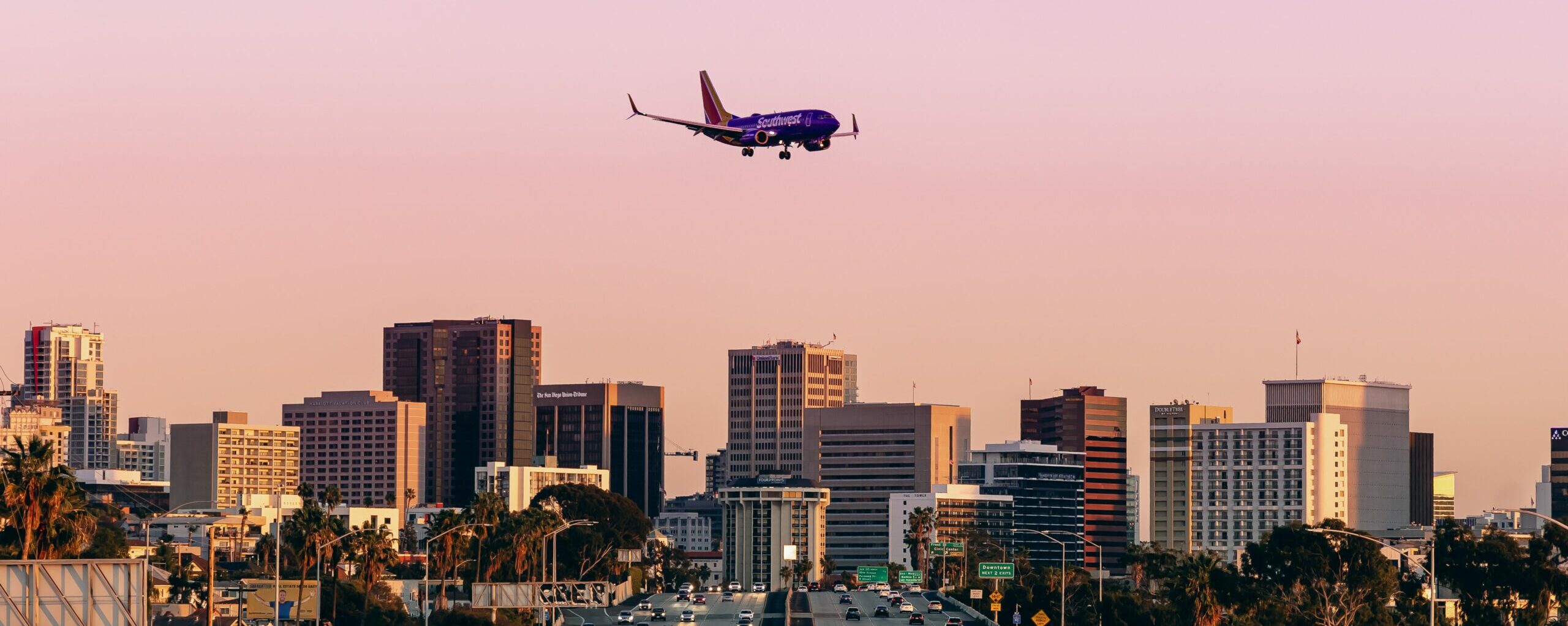
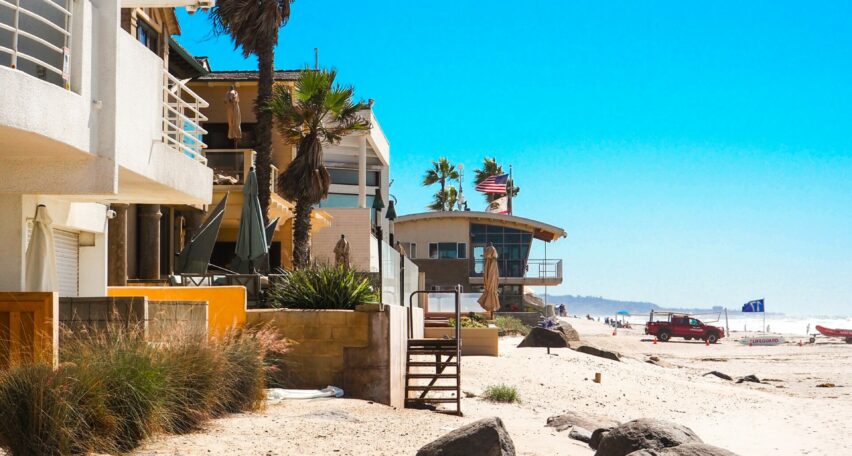
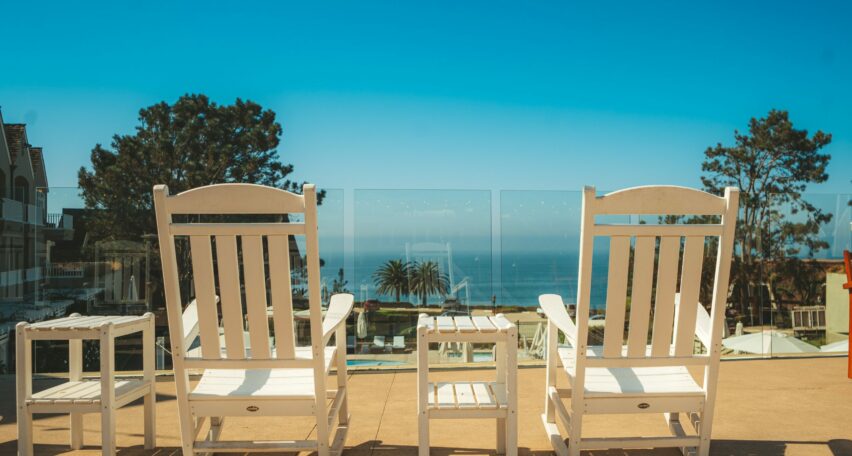

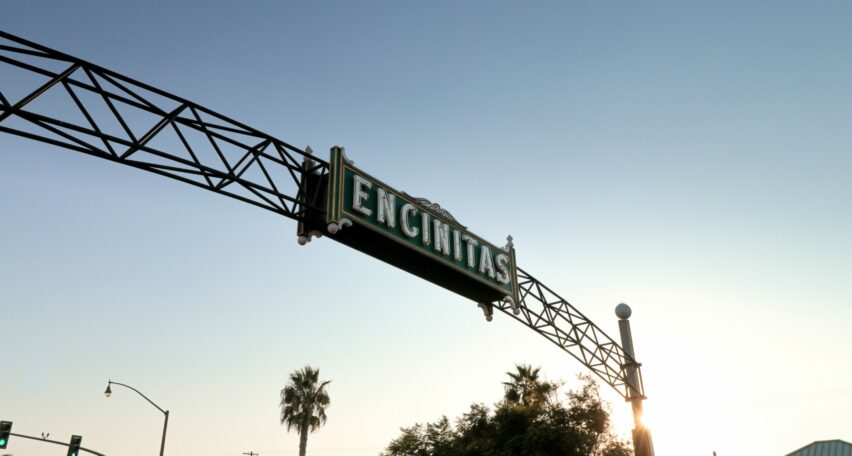
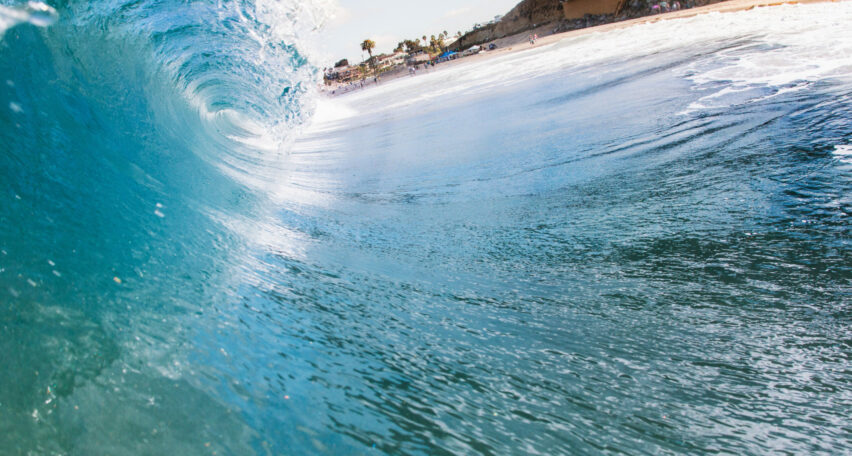



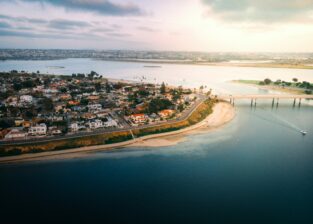
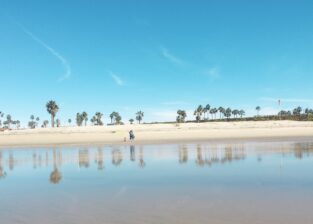
COMMENTS